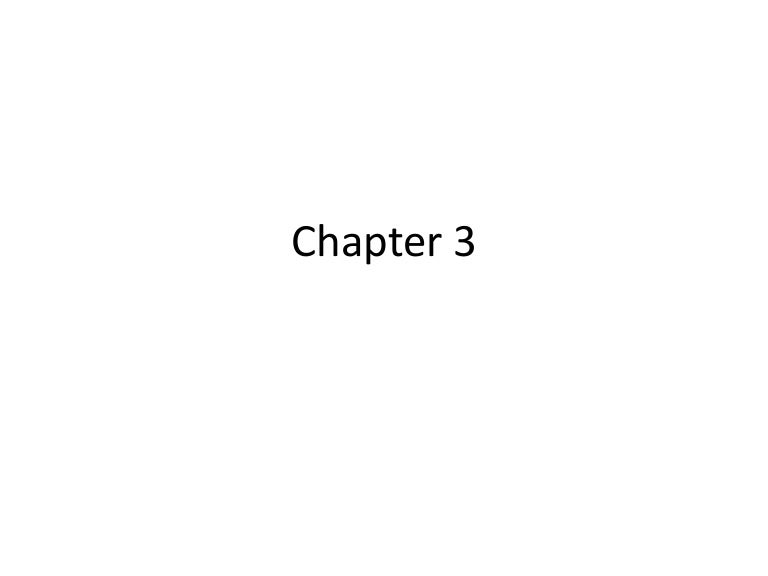
The above is all knowledge about Vocabulary and Grammar of Minna no Nihongo lesson 18. ぜひis used with expressions of hope and request such as ほしいです, Vます-form たいですand Vて-form くださいand emphasizes the meaning of the expressions. はof にほんではis attached to でto emphasize the location or area under discussion. Whenなかなか is accompanied by a negative expression, it means “not easily” or “not as expected”. Whenまえに comes after a quantifier (period), the particleの is not necessary. Nouns before まえにare nouns which express actions or nouns which imply actions. When まえにcomes after a noun, the particleの is put between the noun and まえに. I studied Japanese before I came to Japan. Even when the tense V 2 is in the past tense or the future tense, V 1 is always in the dictionary form. This sentence pattern indicates that the action of V 2 occurs before the action of V 1 takes place. V 1 dictionary form N の Quantifier (period) When a verb is used to describe ability or possibility, ことshould be attached to the dictionary form of the verb to make it a nominalized phrase and then ができますis put after that.Īs shown in the sentences below, V dictionary form ことcan express the content of hobbies more concretely than the noun alone can do. It’s snowed a lot, so we can ski this year.

Nouns such as にほんご, which is associated with the action はなす, or ピアノ, which is associated with the actionひく, can also be used here. Nouns placed before がare mostly nouns which express actions such as driving a car, shopping, skiing, dancing, etc.

A noun and V dictionary form ことbefore がindicates the content of ability or possibility. できますis the verb which expresses ability or possibility. Replace it with the sound in the う-line to make the dictionary form. In the verbs of this group, the last sound of ます-form is always in the い-line. How to make the dictionary form is given below. Verbs are given in this form in the dictionary, hence the name.


 0 kommentar(er)
0 kommentar(er)
